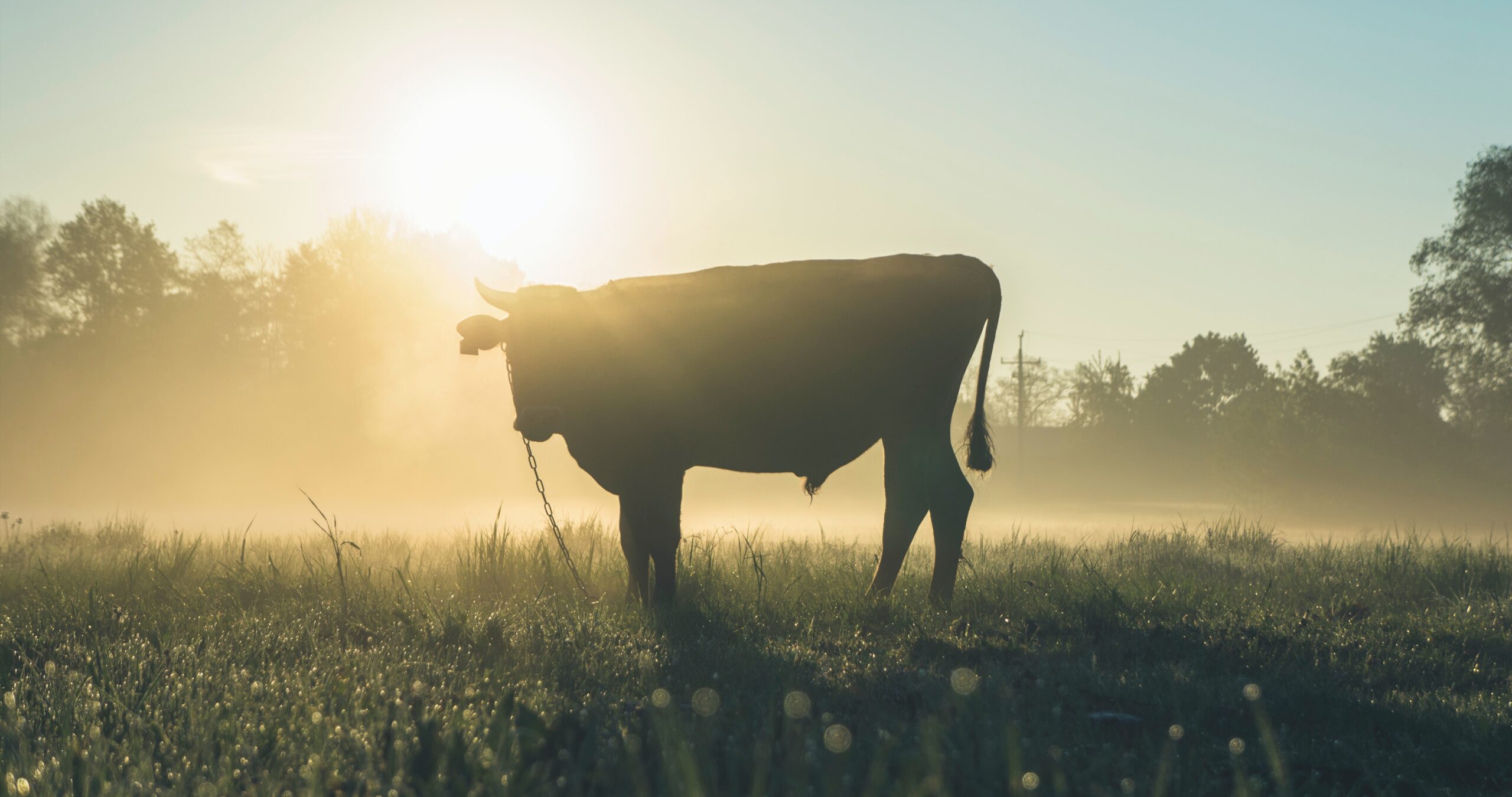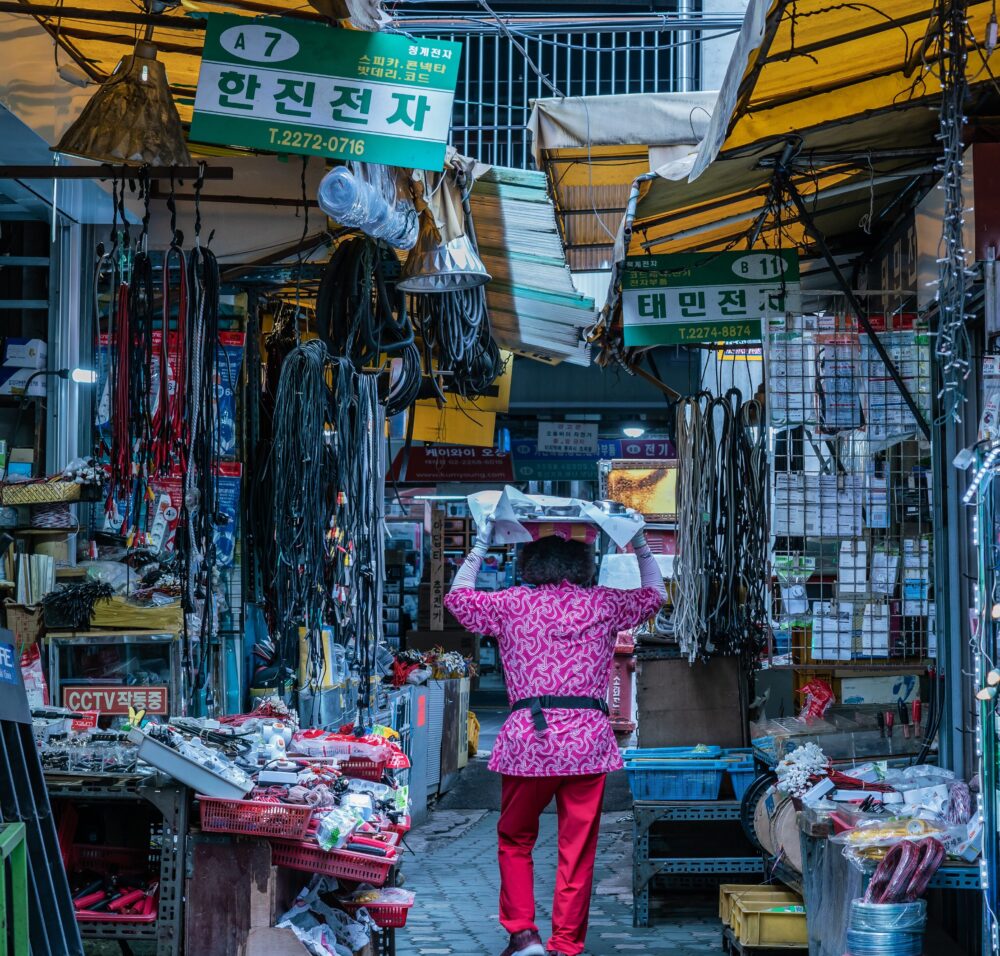The Georgian wines continue to improve positions at the Russian market. For the first 5 months of this year (January-May), the deliveries increased by 63% on an annual basis to 24.15 million liters, which made Georgia the leader among the producers of “silent” wines for Russia, getting ahead of Italy.
Again, according to the data for January-May 2023, Georgia is in the first place in the delivery of “silent” wines to Russia (ie, sparkling wines are not included in these statistics), reports “Komersant”.
During this period, 24.15 million liters of “silent” types of wine were imported from Greece, and from Italy – 23.36 million liters, the import of the two countries on an annual basis increased by 63% and 31%, respectively. %.
As a result of this, the share of Georgia in the deliveries of “silent” wines to Russia in physical volumes reached 19.1%, and Italy – 18.5%. In fact, these two countries account for a little over one third of all “silent” wines imported into Russia.
The number of “tixi” wines from Spain for the considered period increased by 25% on an annual basis to 20.46 million liters, from France – by 23% to 10.04 million liters, from Portugal – by 69%, to 9, 61 million liters on an annual basis.
Only for the first month of this year, the import of “silent” wines from Georgia increased by 49% to 13.1 million liters, i.e.
According to many of the major importers of wine from Russia, for the whole year 2023 Georgia will retain the lead as the largest importer of wine for Russia, but there is also those who doubt it.
One third of Russians consumpt wine at least once a month, says research of the Russian agrucultural bank and the NAFI analytical center with 1,600 respondents throughout Russia, reported by RIA Novosti.
“Wine is already the most popular alcoholic drink in Russia – every third Russian consumes it at least once a month. At the same time, red dry wine is the most popular type of this alcoholic drink in Russia wine – 7% of respondents drink it at least once a week”, said Russian experts as early as mid-2022.
Before the sale, the chefs buy wine mainly in the price range from 300 to 700 RUB (5-11 USD). Finally, wine for no more than 300 roubles fills 11% of inquiries, while wine in the price range from 700 to 1000 roubles (11-17 US dollars) appears in 14% of inquiries .
Preferences for wine priced from 1000 to 1500 RUB (17-25 US dollars) per bottle have 10% of the asked customers, and 5% drink wine with a price in the range from 1500 to 3500 RUB (25-60 USD). About 0.8% of the citizens can afford to drink wine with prices above 3500 RUB. The above mentioned clarifies that the respondents could start with more than one answer.
The results of the survey show that the preferences of wine consumers also depend on the income and gender of the consumers. So, for example, on the appearance of the package/the bottle and the fact that it is a different product, the general attention of the consumers is 18-24 years old (32% of the questions).
While for the preferences of the 45-55 year old population, when choosing a wine, the characteristics of the drink are of primary importance (67% of the respondents). And for wine lovers over 55 years old, the fact that the product is “Made in Russia” is much more important (28% of those asked).
Men and women in Russia also have differences in wine preferences and choices. Women more often pay attention to the brand and origin of the drink (35% of women and 22% of men). At the same time, the male audience of wine lovers, choose more based on the taste qualities of drink (62% of men and 52% of women).
Photo by Julia Volk: https://www.pexels.com/photo/wooden-shelves-with-dusty-glass-bottles-of-wine-5272997/














